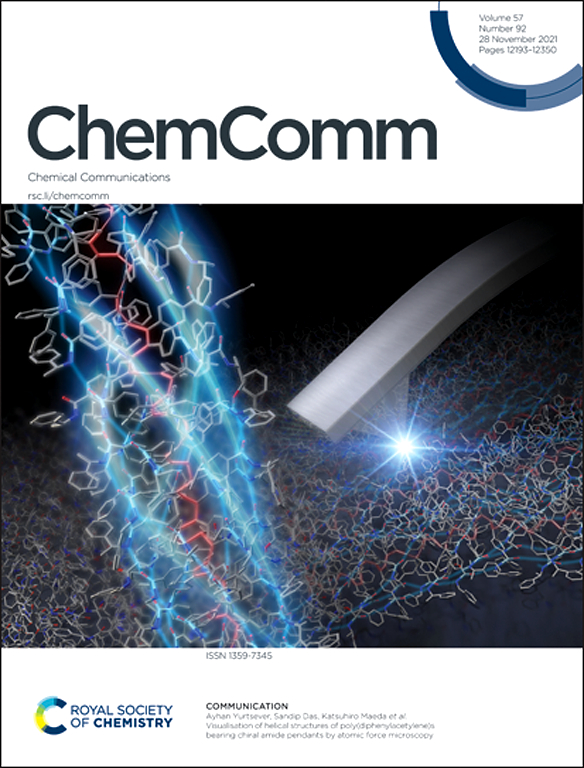Multidimensional Engineering of ZIF-8-Based Electrocatalysts for Carbon Dioxide Reduction: A Mini Review
IF 4.3
2区 化学
Q2 CHEMISTRY, MULTIDISCIPLINARY
引用次数: 0
Abstract
Electrocatalytic carbon dioxide reduction reaction (CO2RR) represents a pivotal technology for mitigating climate change and achieving carbon neutrality, by utilizing renewable energy to transform CO2 into valuable chemical feedstocks. However, the inherent stability of CO2 molecules and the competing hydrogen evolution reactions necessitate the development of efficient, cost-effective catalysts. Metal-organic frameworks (MOFs), especially zeolitic imidazolate framework-8 (ZIF-8), are increasingly recognized as attractive materials for catalytic applications, owing to their tunable structures, high porosity, and well-defined active sites. Despite such progress, challenges such as poor electrical conductivity and limited selectivity hinder their practical application. This review systematically examines recent advancements in enhancing ZIF-8-based electrocatalysts for CO2RR through multidimensional structural engineering strategies. Key approaches include lattice engineering for optimizing morphology and size, modulating the coordination microenvironment via chemical doping, constructing heterogeneous interface to design composite catalyst, and topological transformation to derive high-performance materials. By correlating structural modifications with catalytic performance, this work elucidates design principles for activity. Additionally, this work also discusses future development direction for ZIF-8-based catalysts according to the current research results, aiming to provide guidance for the rational design of next-generation MOF-based catalysts for sustainable CO2 conversion and energy storage.基于zif -8的二氧化碳还原电催化剂的多维工程研究进展
电催化二氧化碳还原反应(CO2RR)通过利用可再生能源将二氧化碳转化为有价值的化学原料,是缓解气候变化和实现碳中和的关键技术。然而,二氧化碳分子固有的稳定性和相互竞争的析氢反应需要开发高效、经济的催化剂。金属有机骨架(MOFs),特别是沸石咪唑酸骨架-8 (ZIF-8),由于其结构可调、高孔隙率和明确的活性位点,越来越被认为是催化应用的有吸引力的材料。尽管取得了这些进展,但导电性差和选择性有限等挑战阻碍了它们的实际应用。本文系统地研究了通过多维结构工程策略增强基于zif -8的CO2RR电催化剂的最新进展。关键方法包括优化形貌和尺寸的晶格工程,通过化学掺杂调节配位微环境,构建非均相界面来设计复合催化剂,以及通过拓扑转换来获得高性能材料。通过将结构修改与催化性能相关联,这项工作阐明了活性的设计原则。此外,本工作还根据目前的研究成果探讨了zif -8基催化剂的未来发展方向,旨在为下一代mof基催化剂的合理设计提供指导,以实现可持续的CO2转化和储能。
本文章由计算机程序翻译,如有差异,请以英文原文为准。
求助全文
约1分钟内获得全文
求助全文
来源期刊

Chemical Communications
化学-化学综合
CiteScore
8.60
自引率
4.10%
发文量
2705
审稿时长
1.4 months
期刊介绍:
ChemComm (Chemical Communications) is renowned as the fastest publisher of articles providing information on new avenues of research, drawn from all the world''s major areas of chemical research.
 求助内容:
求助内容: 应助结果提醒方式:
应助结果提醒方式:


